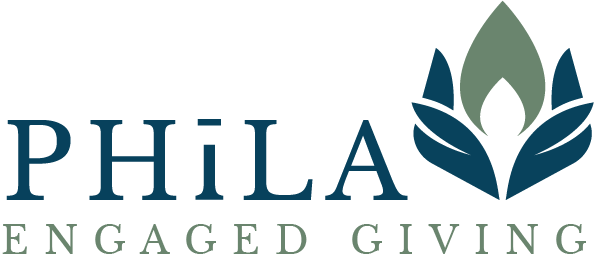Photo by SolStock/iStock / Getty Images
Are you a woman who wants to align your investments with your values? Do you want to learn more about impact investing and take action? Do you enjoy spending time with like-minded peers? If so, join us in an investing learning group for women who want to align their investments with their values, deepen their understanding of impact investing, and have fun with other smart and curious women just like you.
Women’s leadership drives commerce, politics, activism, and culture. But when it comes to our finances—taking full ownership of our investment choices, bringing our values to the fore of financial decision-making—we still have a way to go. Men continue to make the majority of household investment decisions, and although women are largely interested in impact investing, only a small percentage are actually doing it. But here’s the good news: impact investing is fast becoming a mainstream investment strategy, and women control increasing amounts of wealth. I believe that these two forces have the power to change capital markets for the better, but that can only happen if we all take action—if we harness our investable assets in service of a better world. If you like how this sounds, read on!
For some time now I have been following a national movement called Invest for Better. Given this particular moment in society, it seems like the right time to become more intentional about how we’re using (or not) our investments as another driver of social change. I decided to partner with Janell Johnson, another philanthropy professional, to convene an Invest for Better Circle for women who have investable assets and are ready to activate them for social/environmental change.
Clients and others have consistently been asking me about how they can align and invest ALL of their assets around their values—not just funds earmarked for philanthropy. While I am not an investment person by any means (and this group will not do any investing or give financial advice), I am a convener and I know how to bring the right folks together to create an enriching learning environment. I’m hoping this one would hit the right spot at the right time for many.
The aim is to learn from experts and peers about what it means to effectively integrate our portfolio with our personal goals and societal needs. This all came about because both Janell and I are curious about how to coordinate investments with our philanthropy and philosophy. And we realize we aren’t the only ones.
Here is how we envision the group will work. Janell will be the group leader, and with the support of Invest for Better, there will be a structured curriculum, story-telling and information sharing about finances and investing. The meetings will be virtual, and we will also have an online space for us to share resources, ideas, and experiences. Experts in the impact world will be invited as guest presenters, but there will be no commercial pitches or investment advice.
Our group of no more than 10 women will meet monthly either from September-March, or October-April, depending on availability. Each month will feature a presentation by an expert in the field related to the topic of the month and a group discussion. Here’s a preliminary calendar for the curriculum:
September Topic: What exactly is impact investing? Discussion: clarifying your goals and values.
October Topic: Investing in public markets (ESG and shareholder activism). Discussion: understanding and assessing your current holdings.
November Topic: Community development institutions and cash. Discussion: identifying obstacles to action.
January Topic: Private equity and angel investing. Discussion: understanding your appetite for risk.
February Topic: Real assets. Discussion: determining how can you measure impact.
March Topic: Developing an investment philosophy or Investment Policy Statement. Discussion: defining your additional planning needs.
Membership is by invitation only. The price will be $300-$500 for all 6 sessions to cover facilitation and speaker fees (exact amount will be determined based on number of participants). Once again, there will be no group investing of funds or investment advice given other than general information about the field. These sessions are solely for women to learn, connect, and become more financially empowered in a supportive environment—TOGETHER.
The goal is to make it easier for you to get started on your impact investing journey. What good can your dollars do while still providing the security you need? What concrete steps can you take to overcome gender barriers around money and truly control your finances? How can you align your investments and your values in service of a better world? Let’s find out the answers to these questions and more this fall! Please contact Janell if you would like to join, invite others, or have further questions. I hope you’ll join us!


